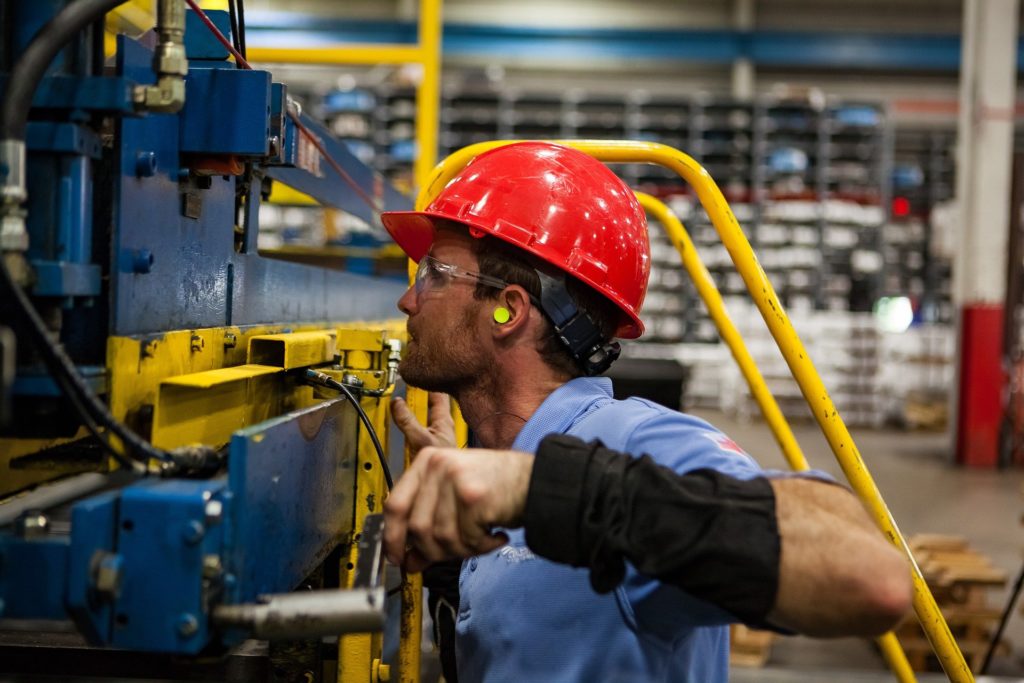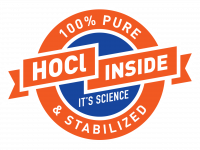Using HOCl is Ideal for an Industrial Setting

Bacteria, viruses, and other organic contaminants can develop and accumulate within many industrial settings, which can lead to potential biological hazards. Depending on the setting, hazardous allergens can develop on surfaces and equipment, which can pose a safety risk to work teams, and hamper industrial output. Some commonly used disinfectants and sanitizers are simply too toxic for certain industrial settings.
HOCl is 100% safe in virtually any situation, including industrial settings. Applying HOCl to equipment and surfaces ensures they are free from bacteria, viruses, and all other organic contaminants. HOCl can be applied with a sprayer. This provides significant savings in labor, because it does not need to be wiped after, and can be left to air dry. For even quicker application, a fogger can be used. This device atomizes the HOCl solution, and areas can be “fogged” – and every surface covered – in minimal time. Another advantage to using HOCl is that some of it remains after the liquid dries, providing some residual antimicrobial benefits. It will not etch, corrode, discolor, or otherwise harm any surface. It also will not damage metals, plastics, tile, paint, and fabrics. Material Safety Data Sheets for HOCl actually show 0 0 0 0, indicating it is completely safe and harmless to humans.
HOCl Inside has compiled research which you might also find useful. For example, if you wish to discover why HOCl is effective as a microbicidal agent then click here. For an explanation on how HOCl was discovered to be an effective disinfectant, click here. For more detail on the various factors affecting HOCl efficacy, click here.
